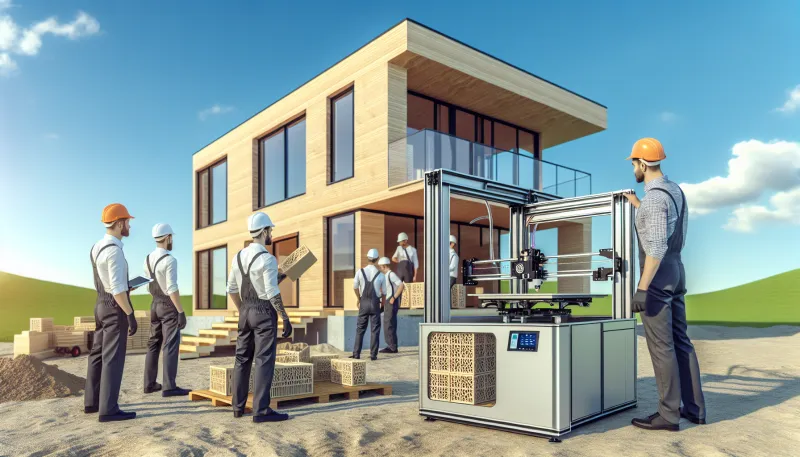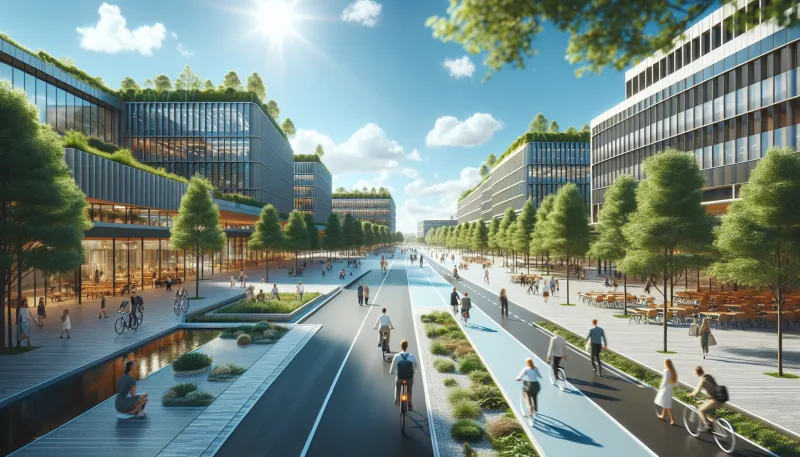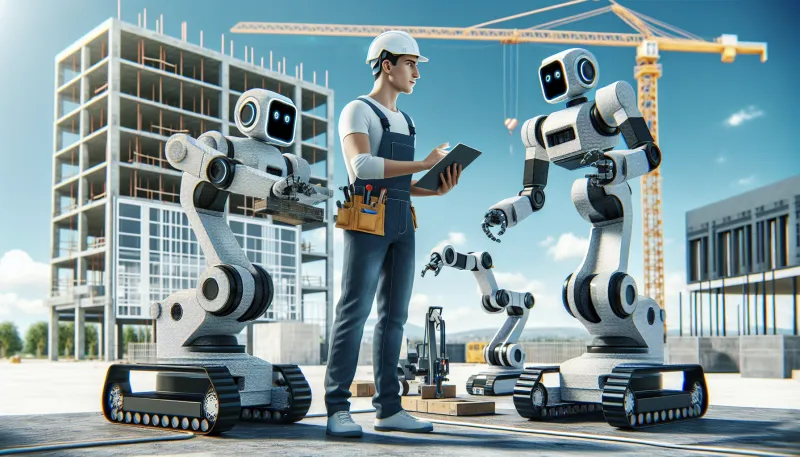
Digital Twins: The next frontier in real estate design
The real estate industry is continually evolving with technological advancements, and digital twins have emerged as a groundbreaking tool that promises to redefine how properties are designed, managed, and experienced. By bridging the physical and digital worlds, digital twins offer architects, developers, and investors unprecedented insights and control throughout the lifecycle of a building.
- What are digital twins in real estate?
- Enhancing design precision and efficiency
- Improving collaboration between stakeholders
- Integrating IoT for real-time monitoring
- Predictive maintenance and lifecycle management
- Enhancing occupant experience
- Supporting sustainable building practices
- Challenges in adopting digital twins
- Future trends and innovations
What are digital twins in real estate?
Digital twins are virtual representations of physical assets, environments, or systems that simulate real-world conditions in real time. In real estate, this means creating a precise, dynamic digital model of a building or property, integrating data from sensors, architectural plans, and usage patterns to mirror its actual state.
Enhancing design precision and efficiency
By utilizing digital twins during the design phase, architects and engineers can visualize how structures will perform under different conditions before construction begins. This reduces errors and costly redesigns by enabling scenario testing and optimization of materials, layouts, and systems within a virtual environment.
Improving collaboration between stakeholders
Digital twins serve as a unified platform where designers, contractors, and clients can collaborate in real time. The interactive 3D models provide clarity and transparency, facilitating better communication and decision-making throughout the project lifecycle.
Integrating IoT for real-time monitoring
Internet of Things (IoT) devices embedded in buildings feed continuous data into digital twins, enabling stakeholders to monitor performance metrics like energy usage, occupancy, and maintenance needs. This connection allows for proactive building management and rapid response to potential issues.
Predictive maintenance and lifecycle management
With real-time data and historical trends, digital twins can predict when components might fail or require servicing. This predictive approach reduces downtime, optimizes maintenance schedules, and extends the useful life of building systems, leading to significant cost savings.
Enhancing occupant experience
Digital twins allow property managers to tailor environments to occupant needs by adjusting lighting, climate control, and space utilization dynamically. This leads to increased comfort, productivity, and satisfaction for residents, workers, and visitors alike.
Supporting sustainable building practices
By simulating energy flows and resource consumption, digital twins aid in designing and operating greener buildings. They help optimize energy use, reduce waste, and comply with environmental regulations, all critical goals in modern real estate development.
Challenges in adopting digital twins
Despite their advantages, implementing digital twins poses challenges such as high initial investment, data integration complexities, and the need for skilled personnel. Organizations must plan carefully to overcome these hurdles for successful adoption.
Future trends and innovations
The future of digital twins in real estate points toward greater use of artificial intelligence and machine learning to make predictive models more accurate and autonomous. Integration with augmented reality (AR) and virtual reality (VR) will also enhance visualization and user interaction, pushing the boundaries of design and management.
Tommy is a property-passionate journalist who covers the forces shaping housing and the built environment. With a data-driven approach and a reporter’s curiosity, he writes on market cycles, urban development, PropTech, and policy—always connecting numbers to everyday lives. [Name]’s work blends clear analysis with on-the-ground reporting to help readers navigate trends, opportunities, and risks across residential and commercial real estate.












